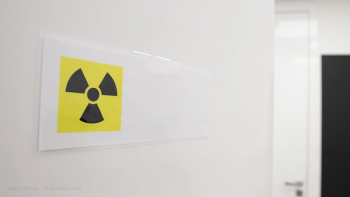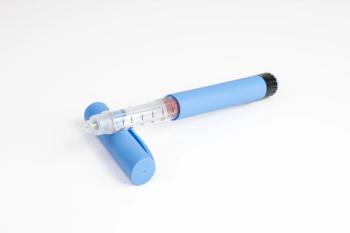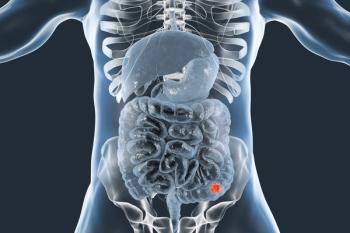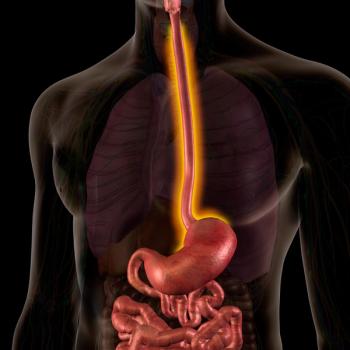
Prevention Could Cut Global Cancer Deaths in Half
According to the latest edition of The Cancer Atlas, lower-income nations are experiencing a rise in lung, colorectal and breast cancer incidence due to increasing adoption of behaviors associated with economic development—such as tobacco use, poor nutrition and physical inactivity.
Half of all global cancer deaths are attributable to preventable risk factors—including tobacco use, alcohol consumption, poor diet and excess body fat—according to the latest edition of The Cancer Atlas, released by the American Cancer Society, the Union for International Cancer Control and the International Agency for Research on Cancer.
The report highlights the seriousness of the global cancer burden: each year, 19 million people are diagnosed with cancer and 10 million die from the disease.
If this issue isn't addressed immediately, that toll could climb to over 33 million cases and 18 million deaths annually by 2050, driven solely by population aging and growth.
While cancer affects countries around the world, disparities in outcomes are especially evident between high-income and low-income countries.
The Atlas report showed that lower-income nations are experiencing a rise in lung, colorectal and breast cancer incidence due to increasing adoption of behaviors associated with economic development—such as tobacco use, poor nutrition and physical inactivity—even as infection-related cancers including cervical cancer remain prevalent.
In 29 sub-Saharan African countries, cervical cancer is still the leading cause of cancer death among women. In many of these countries, less than 10% of women aged 30 to 49 have ever had a screening.
Access to care remains one of the largest drivers of inequality.
It was revealed that over 90% of people in low- and middle-income countries lack access to timely surgical cancer care.
Twenty-three countries with over one million residents—mostly in sub-Saharan Africa—lack access to radiotherapy entirely.
In addition, only 43% of the global population has full essential health service coverage.
Experts also estimate that implementing a basic package of cancer services under universal health coverage could save over 7 million lives by 2030.
Here in the U.S., similar disparities in prevention and care continue.
Hyuna Sung, Ph.D., senior principal scientist of cancer surveillance research at the American Cancer Society, told Managed Healthcare Executive that the U.S. should invest in prevention if it wants to reverse course.
“Both government and private health plans should be required to cover comprehensive preventive services with no out-of-pocket costs, including counseling for tobacco cessation, nutrition, physical activity, and alcohol use,” she said. “Providers should be incentivized to dedicate more time to preventive care—such as counseling, prescribing medications, and making referrals for further treatment—during primary care visits. Preventive services are both lifesaving and cost-effective.”
The Atlas also revealed promising examples from countries that have made progress.
In Australia, HPV vaccination coverage has reached 86%, thanks to national school-based programs.
South Korea’s universal health system provides nationwide access to cancer screening.
These successes highlight the power of strong public policy.
“Many high-income nations have shown that eliminating financial barriers to preventive care is a crucial first step in reducing health disparities and lowering the overall burden of disease,” Sung said. “Additionally, strategies like community-based outreach and mobile clinics, successfully used in lower-resource settings, could be effectively adapted to serve underserved rural and urban areas in the U.S. Equally important are efforts to diversify the healthcare workforce and ensure the delivery of culturally competent care.”
Expanding Medicaid across all U.S. states and moving toward universal health coverage would also help eliminate barriers to early diagnosis and treatment.
“Numerous studies have shown that states that expanded Medicaid have seen earlier cancer diagnoses, greater access to treatment, and better survival outcomes compared to non-expansion states,” Sung shared.
She also stressed the importance of investing in community health centers and safety-net providers to bring preventive services to those most in need.
Also highlighted was tobacco use—remaining the leading preventable cause of cancer worldwide, responsible for more than 2.6 million deaths per year and linked to at least 17 different cancer types.
Despite this, over a billion people globally still use tobacco products, largely due to incomplete implementation of tobacco control policies.
Alcohol, another risk factor, is associated with over 740,000 new cancer cases annually and increases the risk of at least seven types of cancer.
No level of alcohol consumption is considered safe, the report shared.
Obesity also contributes significantly to the cancer burden, with excess body fat linked to at least 13 types of cancer.
It was found around 40% of uterine cancer deaths and nearly 20% of kidney cancer deaths are attributable to obesity.
Meanwhile, young adults in high-income countries are experiencing rising colorectal cancer rates—possibly tied to the obesity epidemic and increasingly sedentary lifestyles—even as rates decline among older adults due to improved screening and reduced smoking.
“The global cancer burden is not inevitable,” the report shared.
With the right investments in prevention, screening and equitable access to care, millions of lives can be saved.
Newsletter
Get the latest industry news, event updates, and more from Managed healthcare Executive.






















































